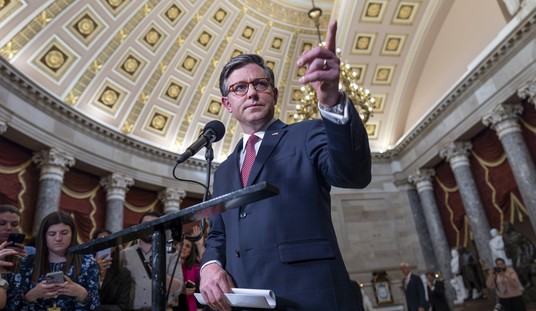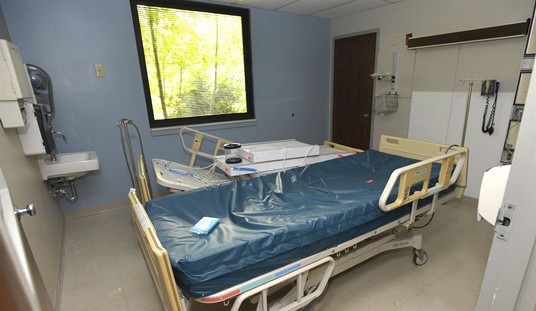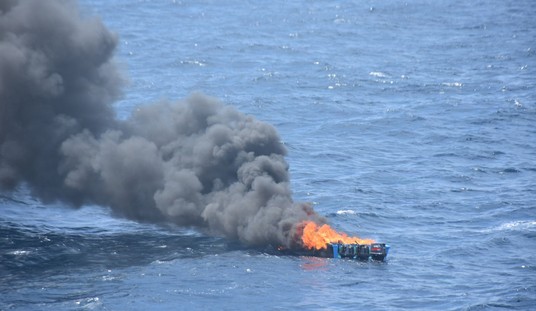It's déjà vu all over again for Abercrombie & Fitch, a fashion retailer that can’t seem to outrun its troubled past. After a recent BBC report, a former model named David Bradberry has filed a lawsuit against the company, alleging that the organization and its former CEO, Mike Jeffries, ran a sex-trafficking ring.
The lawsuit, which was filed in the U.S. District Court for the Southern District of New York, points to an unsettling and largely unknown issue: the dark side of the fashion and modeling industry in which young models find themselves ensnared in a climate that exploits them.
A former model for Abercrombie & Fitch on Friday sued the fashion retailer, alleging it allowed its former CEO Mike Jeffries to run a sex-trafficking organization during his 22-year tenure.
Jeffries, who left Abercrombie in 2014, converted the chain from an struggling retailer of hunting apparel to a seller of must-have teen clothing. But he faced criticism for the company’s sexualized marketing, including billboards and beefy models that alienated potential customers who didn’t fit into its image.
The lawsuit comes after a BBC report earlier this month raised similar allegations against Jeffries and his partner Matthew Smith.
The lawsuit, filed by David Bradberry in the U.S. District Court for the Southern District of New York, alleges Jeffries had modeling scouts scouring the internet and elsewhere to identify attractive young men seeking to be the next face of Abercrombie. Often these prospective models became sex-trafficking victims, sent to New York and abroad and abused by Jeffries and other men, all under the guise that they were being recruited to become the next Abercrombie model, the lawsuit contends.
The suit, which names Jeffries, Smith, and the Jeffries Family Office LLC, alleges that the CEO “was so important to the profitability of the brand that he was given complete autonomy to perform his role as CEO however he saw fit, including through the use of blatant international sex-trafficking and abuse of prospective Abercrombie models.”
The company’s current leadership said they were “not aware of the allegations of Jeffries’ sexual misconduct” and emphasized their “zero tolerance for abuse, harassment, or discrimination of any kind.”
The suit estimates that over one hundred young men were trafficked in this fashion and is seeking class-action status.
The lawsuit comes less than a month after the BBC published allegations of eight men who said Jeffries and his partner Smith exploited them for sex. The men alleged they were recruited through a middleman who used a network of recruiters, and paid them $500 to $1,000 for every referral, according to the BBC report, which was the culmination of a two-year investigation.
Days after the BBC report, Abercrombie & Fitch said it had launched its own investigation into the allegations.
Some of the details outlined in the lawsuit are quite disturbing – especially when it comes to Bradberry’s story.
David Bradberry, who brought the suit, claims he was recruited for a modeling opportunity in 2010 and introduced to a scout who said he was working on behalf of the brand.
“He then made it clear to David Bradberry that he held the key to the next level in the Abercrombie process and that unless he let the scout perform oral sex on him, Bradberry would not be meeting with Abercrombie or its CEO, Michael Jeffries,” the lawsuit, filed in Manhattan federal court, states.
Bradberry was then assaulted by the scout and paid, the lawsuit states.
Soon after, he was invited to a casting event at Jeffries’ house in the Hamptons that Bradberry assumed was a “legitimate Abercrombie-sponsored function” because it included a meeting with the CEO and he was forced to wear the brand’s clothes for the event, the lawsuit states.
But instead of a professional casting event, Bradberry was soon raped by Jeffries and forced to take poppers, a type of drug that made him feel lightheaded, the suit states.
“Amidst the confusion caused by the poppers, David Bradberry began to focus on the four older, larger, physically fit men who appeared to be security guards observing the activity in the room,” the lawsuit alleges.
“These imposing men, dressed in Abercrombie clothing, caused Bradberry to feel like there was no way that he could leave the room safely or resist what Jeffries was demanding.”
Following the event, Bradberry was flown to Nice, France, where he was again forced to perform sex acts on Jeffries, the suit states.
The new lawsuit might bring Abercrombie & Fitch’s legal issues back to the forefront. But it could also cast more of a spotlight on the darker side of this industry. If Jeffries is guilty of what is being alleged, he is one of many who have used their prominent positions of influence to victimize young men who were unaware that they were being conned into being sexually trafficked. Unfortunately, this happens far too often.
The legal action also highlights the importance of corporate oversight and responsibility. In this case, there should have been no way that Jeffries was given enough latitude to use a corporation as massive as Abercrombie & Fitch to run a sex trafficking ring in which over one hundred men were abused. In the end, the truth will come out in the trial. The question is: Can the company survive the inevitable scrutiny that will follow?














Join the conversation as a VIP Member